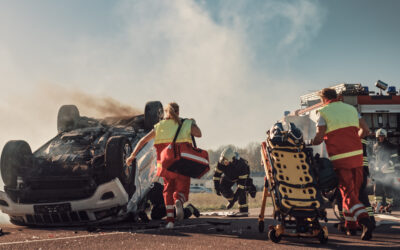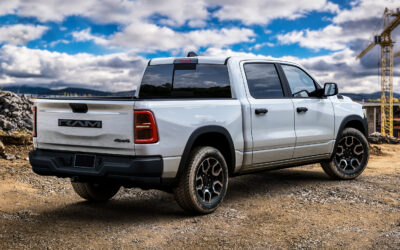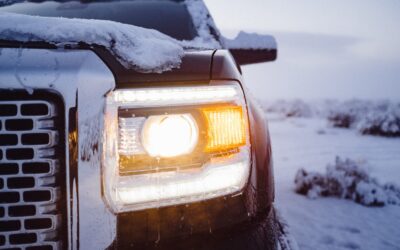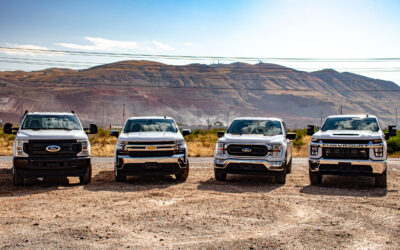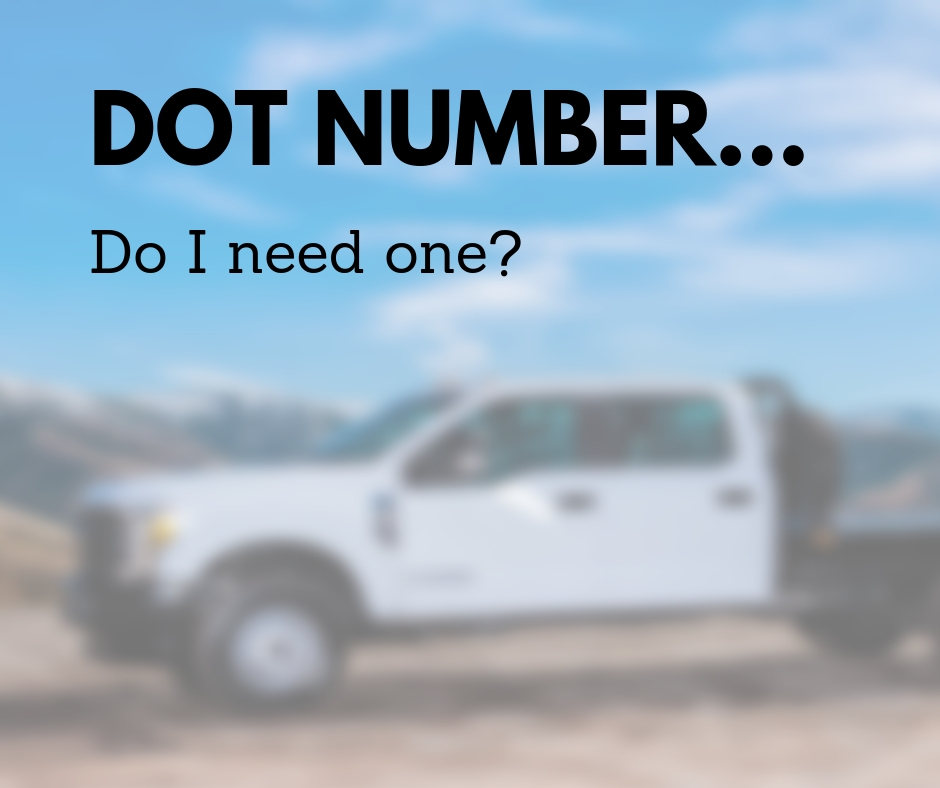How Summit Fleet Defines “Wear and Tear”
Summit Fleet trucks are made for hard work. When you rent trucks from us, we expect that they will experience some damage. Hard work does that to a vehicle. We want you to carry on your work without the fear of every tiny bump or scratch, so we take into account what we call “normal wear and tear.”
Normal wear and tear in rental trucks means that you won’t be charged for using your truck the way it was made to be used. There are, however, certain things that are considered normal wear and tear and certain things that are not. Let us give you a basic idea of what normal wear and tear looks like.
Normal Wear and Tear
The key to normal wear and tear is size. We don’t sweat the small stuff. Small scratches can easily be buffed out. Small chips in the paint are common when you drive on asphalt or gravel roads. These same roads can often cause minor scratches in the truck’s air deflector. Truck beds often get small scratches around the rail protectors. Small dents in the car body that are one inch or less in diameter and don’t break the paint are normal too.
Dust and dirt in the interior of the cab is standard on a work site. So are burnt out bulbs in car lights and small chips in the glass on the windshield.
Excess Wear and Tear
Larger amounts of damage are not covered under normal wear and tear. Things like smoking in the trucks and water damage will cost extra to fix. Large scratches that break the paint, missing parts, holes drilled in the body of the vehicle, crushed wheel wells and any damage that alters the frame of the rental trucks are problems too.
These types of damages can be expensive to fix and can be avoided with some extra care.
Excess wear and tear inside the car cab includes mud caked seats, burn marks or holes from cigarettes and lighters, cuts, tears and hole in carpet fabric and stains that can’t be removed.


